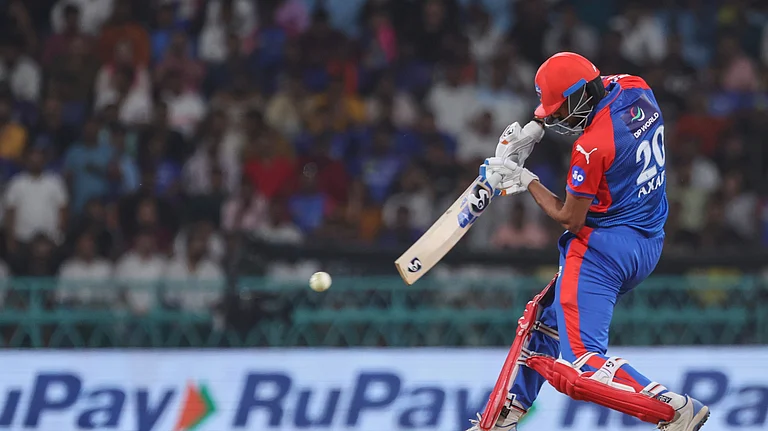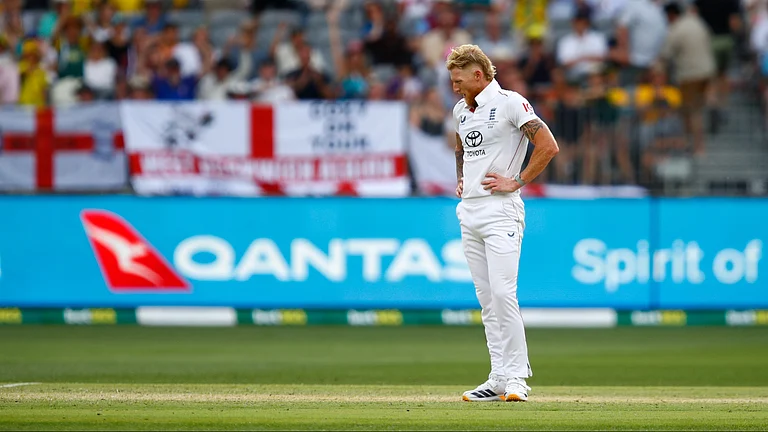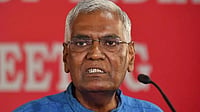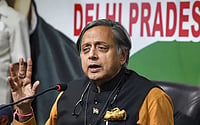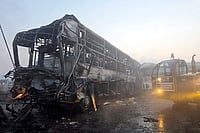WHERES the recession? For the first six months of the current financial year, corporate sales are up 10 per cent compared with the first half of 1996-97.Operating margins are stable at 20.5 per cent, while operating profitstotal sales minus total expenseshave grown by 9.9 per cent (see table). Only provisions for taxes are down, by 4.2 per cent.
Analysing the results announced by 1,185 companies, Outlook was surprisedpleasantly. No recession or slowdown in sight. And the liquidity crisis, which should jack up corporate Indias interest outgo? As a percentage of operating profits, interest payments are 50.1 per cent, a mere 0.2 percentage points higher than last year.
So, now comes the crucial question: if sales are up, expenses under control, interest outgo the same, and tax lower, why arent bottomlines jumping? For, net profits have risen by just 7 per cent; and net profit marginsnet profits as a percentage of saleshave fallen a bit.
Reason: depreciation claims by companies have jumped sharply by 24.4 per cent. This is strange. Depreciation, after all, is linked to the creation of new assets. A company buys new machinery (or a building or a car) and sets aside a percentage of the price as depreciation, a measure of the reduction of the machines value through usage and wear-and-tear. As many as 835 companies70 per cent of the total samplesaw their depreciation rise.
The natural inference: that these companies have invested in factories and projects in the last six months. This is mystifying since investment means money. But corporate India says banks arent lending, and the money raised from the stockmarkets is down to a trickle.
Also, since there is no real outgo in money terms, the money claimed as an expense on account of depreciation is actually the cash that the company retains. The sum of net profit and depreciation is termed as cash profitthe cash a company has after incurring all expenses. One look at this number, and all the above anomalies add up: corporate Indias cash profit has risen by 12.9 per cent, indicating robust growth. Another way to look at this figure is that it is 1.6 times the net profit declared by the companies. Yet another way: depreciation comprises almost 60 per cent of net profit.
The increase in depreciation has been greater in companies with sales of more than Rs 100 crore. Obviously, larger companies are setting up more projects. In fact, it is the smaller companies which have been hit badly in the last six months. Companies with sales less than Rs 100 crore saw their net profits fall by 21.5 per cent, against a rise of 10.3 per cent for larger corporates. Sales growth was slower for the small fry, and interest costs higher.
It is these companies that would be finally squeezed out of business. In fact, 25 per cent of the larger companies controlled 88 per cent of total sales, and generated 92 per cent of total profits. Their interest costs were also under control: compared to a 16 per cent growth in the interest costs of the smaller companies, the larger ones saw them rise by only 10. 6 per cent.
And coming to the elite Rs 1,000-crore club of companies, the picture becomes even clearer. The 32 corporations figuring in the royalty comprise 2.7 per cent of the total sample. But their contribution to corporate Indias sales was 55 per cent. The growth in the sales of these companies alone was more than the combined sales of the 684 smallest companies (58 per cent of the sample).
But some big guns have also taken a beating. The net profits of seven Rs 1,000-crore-plus companiesBajaj Auto, Grasim Industries, TISCO, TELCO, IPCL, ACC and SAILhave fallen. Steel titan SAIL leads the downward brigade with an incredible 87 per cent tumble. And since they are so big, the problems of these seven are skewing the figures for their industries. If the dismal performance of SAIL was not included in the steel industry, the overall growth rate would have been 2.6 per cent, not 1.8 per cent, while the bottomline of the steel industry would have crashed by 44.1 per cent, not 65.3 per cent (see chart).
Take the automobile sector. Net profits have dropped 15.2 per cent. But take out truck major TELCO, and the sector shows a growth of 0.8 per cent; get rid of two-wheeler leader Bajaj Auto, and the industry seems to be flourishing with a healthy 12.9 per cent growth. In fact, it is only once these two are out that the 100 per cent increase in Hero Hondas profits comes to the fore.
Hotels have performed poorly. Leader Indian Hotels (the Taj Group), at Rs 249 crore, has seen sales rise by a minuscule 3.9 per cent; its bottom-line has fallen by 9 per cent to Rs 47 crore. The profits of East India Hotels (the Oberois), Asian Hotels (Hyatt), Oriental Hotels, all have taken a beating. Doesnt India attract foreigners any longer?
The news is equally bleak on the stockmarket front. The market capi-talisationthe total value of their shares on the markethas risen 14.2 per cent over the last 12 months. But go beyond that figure, and you find that three out of every four companies has seen their market values falling. Out of these, two in every three have seen falls of more than 25 per cent. The sharpest fall? Jersey India, 98 per cent, from Rs 5.3 crore to Rs 11 lakh. This non-entity quotes at 10 paise. Jersey is one among the 26 paise stocksshares that are quoting at less than Re 1and investment in these strictly not for the squeamish: very, very high risk.
Among companies with a high market capitalisation and whose shares are therefore more liquid, the picture is different. Of the 241 companies that had a market capitalisation of more than Rs 100 crore, the rises and falls in value were more or less equal. The interesting thing here is that the market capitalisation of 13 companies more than doubled, while there were 14 companies whose value got shaved off by more than half. The public sector Bharat Electronics has fallen by 85 per centthe highest in this category. That it is yet quoting in double figures is amazing.
The stars here are Bata (rose by 4.8 times), Tata Infotech (4.1 times), Satyam Computer Services (3.5), Infosys Technologies (3.3) and Hero Honda (2.8). This sort of performance would be remarkable in any year, let alone one in which everyone has been complaining bitterly of a demand slowdown and an exodus by stockmarket investors.
But the sorriest results have possibly come from Siemens. The company has changed its accounting year-end to September 30. So, while its performance cannot be directly compared to last years, on sales of Rs 1,751 crore, it has notched up net losses of a whopping Rs 157 crore. Among other expenses, it spent Rs 74 crore on "exceptional items", which company defines as the cost of restructuring the business operations. Its six-monthly losses alone have wiped out its net worth of Rs 147 crore.
So whats the news? Small companies are definitely facing a crunch, some big boys have taken a hit, but to call this a recession is to be an unreasonable pessimist. More important, corporate India should focus on doing business more than manipulating depreciation so that they can pay lower taxes.







